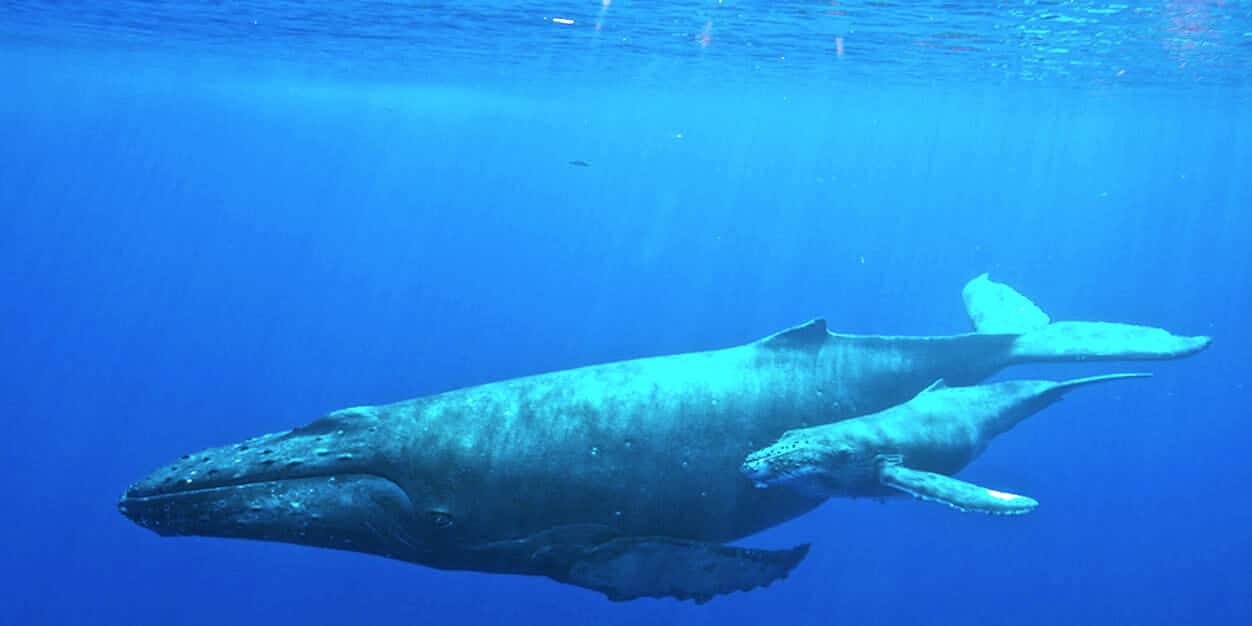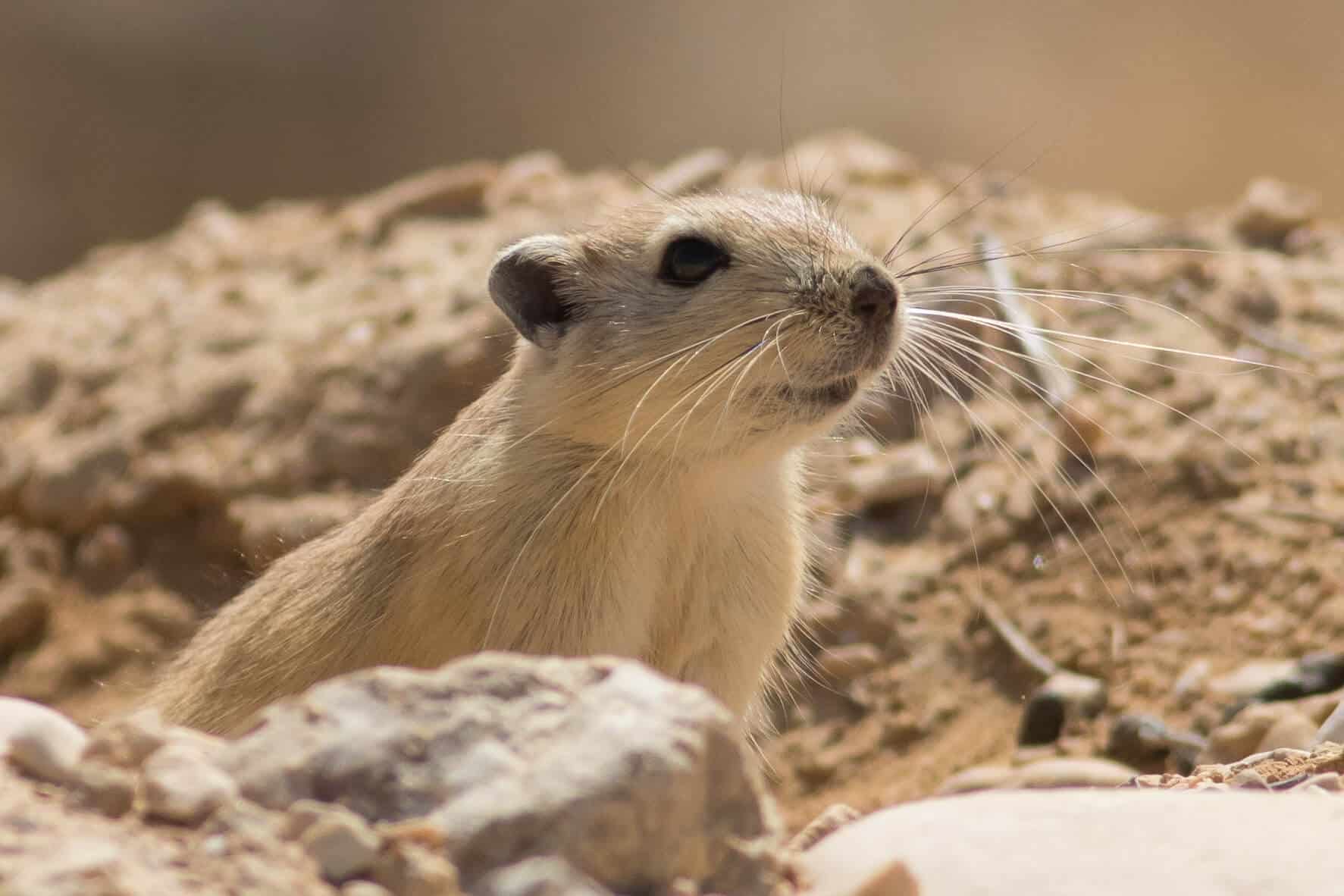At a time when animal species are disappearing at an alarming rate, new Australian research gives reason for hope, revealing that 29 native species have fully recovered - thanks to human actions
In the "Jurassic Park" movie series, scientists manage to bring back to life animals that became extinct no less than 65 million years ago: the dinosaurs. extinction The dinosaurs is considered the fifth mass extinction in number - and it resulted in the deletion of 76-55 percent of the species that lived on Earth at that time.
Today we stand at the threshold of ״extinction Sixth״ – An event in which many species of animals from around the world are wiped out from the planet or Standing To me danger extinction mature Activities Human destructive.
However, sometimes positive turns also occur, which indicate that sometimes we also manage to repair damage we have caused: study Australian New It found that 29 native species have managed to recover and come out of danger of extinction in Kangaroo Country. How was this positive change made possible, and what is the situation with us in the rehabilitation sector?
Have a successful conservation
Let's start with the bad news: in the last 50 years the variety of species found in danger extinction grew, and today there are at least a million species of plants and animals that are at high risk of disappearing from our world. The reason for this lies in human activity, which includes, among other things, exploitation of resources, harm to animals, various infections, and more.
The new study, which spanned 12 years, tracked 446 native species in Australia – from reptiles to mammals – and found that 29 of these species had recovered as a result of various human activities. For example, the population of the fin whale (Megaptera novaeangliae) is out of danger thanks to the International Convention for the Protection of Whales and local legislation to ban their hunting.

In addition, nine species of mammals - among others, the brindled nail-tailed wallaby (Onychogalea fraenata(kangaroo-like, giant bilby)Macrotis lagotis(which looks like a cross between a rabbit and a rat and an oriental knitted bandicoot)Perameles gunnii) which is slightly reminiscent of the ant-eating nomad - managed to recover thanks toPrograms to dilute and monitoring Predators Invaders such as cats and foxes, which the Australian government led along with various organizations. As part of the program, were established Regions fenced off Big ones that protected the local wild species from these predators.
Laws are also important in preserving the flora and fauna in the country. Already in 2000, the Australian government passed the national environmental legislation that regulates the local listing of species at risk in the country. By the way, the species that showed recovery in the study were listed as species at risk for a long time - even before the legislation was passed - so many of them were under prolonged conservation actions, in a process that increased their chances of recovery even more.
The Great Book of Extinction
Also in Israel there are various endangered species - and some of them are not defined that way in other parts of the world. how is it possible? Due to the fact that animals do not need a passport to move between countries, one species whose individuals live in several countries may be in danger of extinction only in some of its habitats - and this, due to damage to the habitats themselves, which is the main reason for the extinction of species at risk.
Two species that are in serious danger of extinction in Israel are the southern gerbil (Gerbillus gerbillus(and a gecko named Ishimoni Tamna)Stenodactylus doriae), who live in the Samar sands in the Arava. "These species are not on the global list of species at risk," explains Prof. Uri Shains, a faculty member in the Department of Biology and Environment at the Oranim Campus of the University of Haifa, "but they are at local risk in Israel - due to the reduction of their only habitat."
If we spoiled it - can we also fix it?
So that we don't have to revive extinct species like in the "Jurassic Park" movies, we must take actions to preserve the habitats in our area. "Urbanization, fragmentation of habitats and pollution - all of these are causing the extinction of species around the world," says Shanes. "In Israel, the biggest problem surrounding this issue is the rate of human population growth: while in Australia the population growth rate is 0.1 percent, here it is at 1.6 percent - and a population that grows at a great rate requires more houses, more infrastructure and more roads, which damage the open spaces and the habitats of the animals ".

However, according to Shanes, there are many solutions that may improve the situation. "Our main focus should be the creation of larger and more nature reserves, including ecological corridors (a continuous strip of open space that allows animals to pass between living areas - RA) - and more road crossings of various types for the animals," says Shanes.
In addition, according to Shines, supercarnivores are also of great importance because they maintain the ecological balance and prevent different populations from overbreeding. "The existence of predators who 'make order' in the system is very important," he explains. "For example, we are talking about wolves that live in the Golan - we have few of them and we have to make sure that they spread in the country; Since they need large habitats, extensive nature reserves are very important for them as well.' Moreover, according to Shains, there is no legislation in Israel that requires the local authorities to protect the wild animals on their territory - a situation that could have improved their chances of survival.
However, despite the difficulties, Israel also has its own success stories: the best known example is The successful campaign to prevent wild flower picking From the 60s, which also incorporated legislation - and included extensive educational mobilization of teachers and kindergarten teachers. Another example is of Rehabilitation of the Nubian Ibex population Having undergone extensive hunting, it almost disappeared from the Israeli landscape, and with the help of the 1955 Wildlife Protection Law, extensive education and advocacy - it was not only saved from extinction, but received a status of honor. "This is an incredible success because during the founding of the state the goat was almost completely extinct - and today it is the symbol of the Nature and Parks Authority," says Shains.
In light of all this, the Australian research can strengthen the understanding - which also gave birth to successful Israeli campaigns - that human actions at the political and civil levels can save species at risk and restore local nature; And maybe, if we help nature to return to itself - it will find its way to thrive again.
